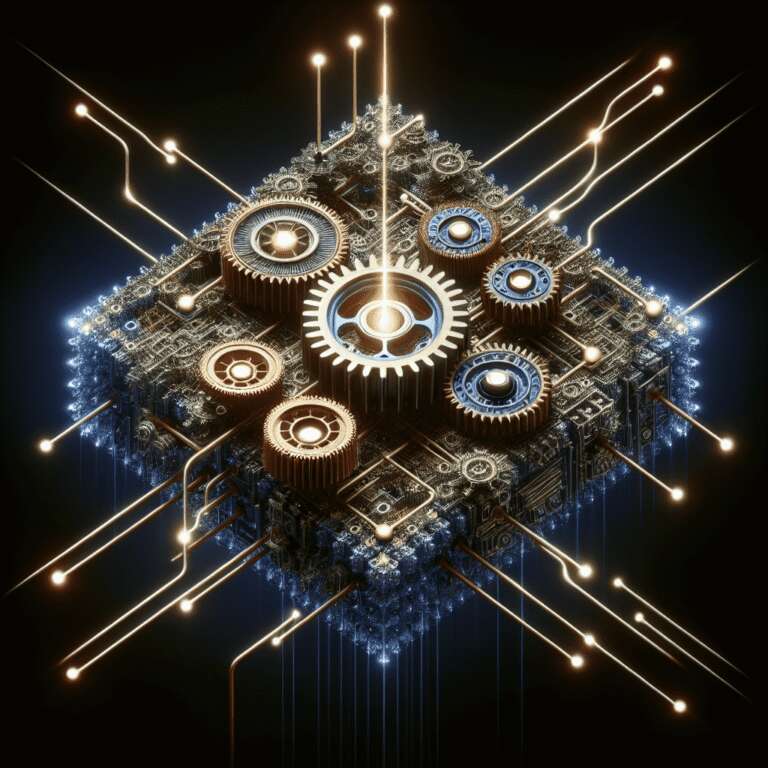Cadence has introduced the Tensilica NeuroEdge 130 AI Co-Processor (AICP), engineered to work alongside any neural processing unit (NPU) and facilitate seamless, end-to-end functionality for cutting-edge agentic and physical Artificial Intelligence networks. The processor, targeted at advanced automotive, consumer, industrial, and mobile system-on-chip (SoC) applications, is built on the established Tensilica Vision DSP architecture. This heritage enables the NeuroEdge 130 AICP to achieve over 30% area savings and more than 20% reductions in dynamic power and energy consumption, all while maintaining performance standards. Moreover, the processor integrates with existing software, Artificial Intelligence compilers, libraries, and frameworks, ensuring a reduced time to market for developers and manufacturers.
Industry analysts, such as Karl Freund of Cambrian AI Research, emphasize the increasing importance of NPUs in physical Artificial Intelligence deployments, including sectors like autonomous vehicles, robotics, drones, industrial automation, and healthcare. Freund notes that, although NPUs are adept at handling computationally intensive Artificial Intelligence and machine learning tasks, there exist numerous non-MAC (multiply-accumulate) layers—such as pre- and post-processing jobs—that are more efficiently performed by specialized processors rather than traditional CPUs, GPUs, or DSPs. The NeuroEdge 130 AICP addresses this industry gap by offering optimized co-processing capabilities with a focus on low power consumption and high performance, which also supports future-proofing as Artificial Intelligence requirements evolve.
The NeuroEdge 130 AICP´s compatibility with the established Tensilica software ecosystem is expected to facilitate easier and faster integration for customers. Cadence reports a strong and growing interest in the processor, with multiple customer projects already underway. The introduction of this co-processor positions Cadence as a significant player in the evolution of processor architectures purpose-built for the rapidly growing demands of physical Artificial Intelligence systems across multiple high-growth industries.

